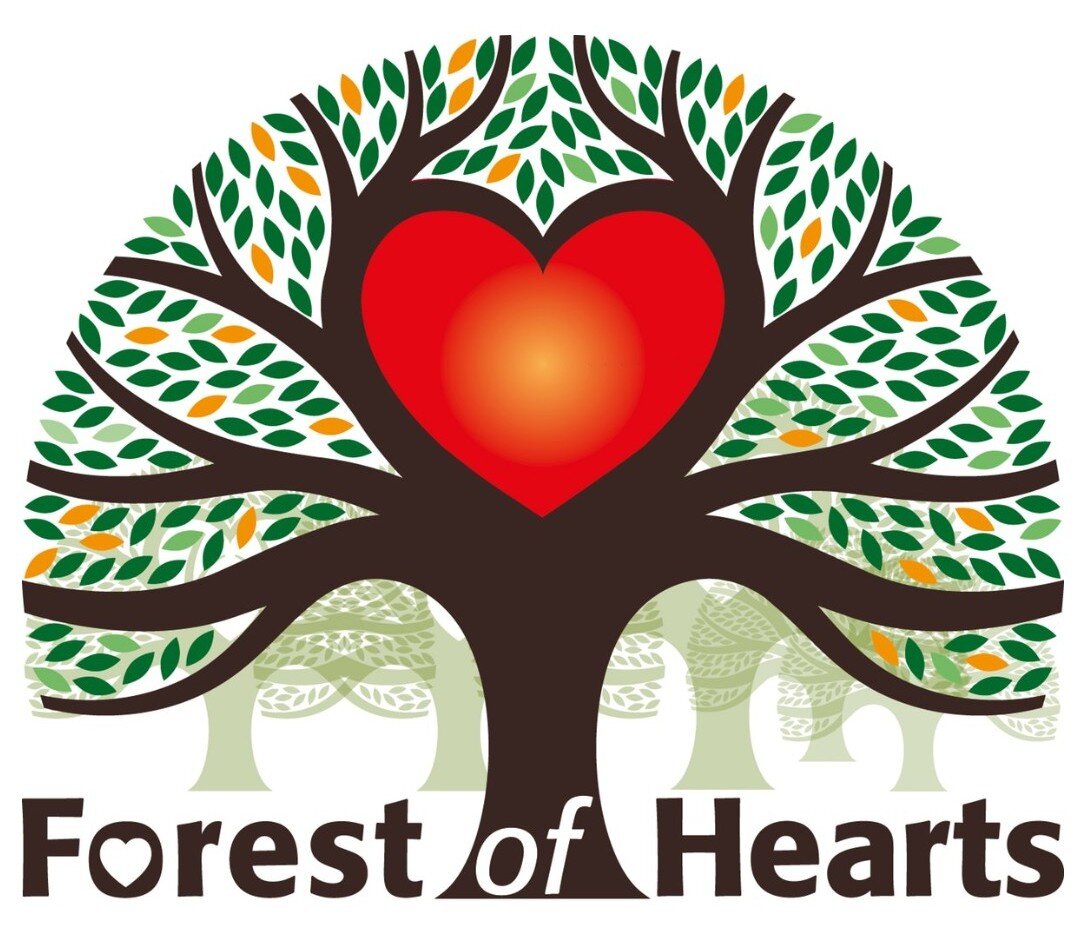Plant of the month: Hedera
Common name: Ivy
Types: Hedera is the name of the genus which includes 12-15 different species of ivy, evergreen climbing plants which cling by aerial roots. Different types of Hedera include common ivy or English ivy (Hedera helix), a very resilient and low-maintenance plant which has over 500 cultivars. Hedera helix “Goldheart”, for instance, has glossy dark green leaves with golden centres.
Another variety of Hedera is Hedera algeriensis (Algerian ivy), faster growing than other ivies, which has the cultivar “Gloire de Marengo” with dark, dramatic, heart-shaped leaves. Hedera rhombea (Japanese ivy) carpets the ground and turns purple in the autumn.
Poison ivy (found in North America and Asia) is not a type of Hedera—or even a type of ivy! It is a species of plant called Toxicodendron radicans, which causes blisters to the skin when touched.
Medicinal properties: While the fruits of Hedera are toxic to humans and the leaves are mildly poisonous if eaten, it has been proven to have medicinal properties. The extract of Hedera helix has been found effective at treating bronchitis, for instance. It is one of the top plants for purifying indoor air pollution and works to eliminate benzene, carbon monoxide, formaldehyde, and trichloroethylene.
Hedera in our gardens at Forest of Hearts: The Forest of Hearts has recently bought a collection of seven different species of Hedera including over 60 cultivars of Hedera helix to plant in our gardens. The plants are from Fibrex Nurseries, the home of the national collection of Hedera, and include Hedera helix “Fluffy ruffle”, Hedera helix “Clotted cream”, and Hedera helix “Hedgehog”. The Hedera helix “Tricolour” was the first plant of the collection and is now 40 years old.
Why are we using Hedera?
· It improves air quality and captures pollution: Because Hedera has large leaves and can cover extensive surface-areas, it can capture large amounts of nitrogen dioxide and particulate matter and so greatly reduce pollution. It is also relatively resistant to urban pollution meaning that it is well suited for urban areas as its growth is largely unaffected by air pollution. A report from King’s College London found that a screen made of Hedera helix (common ivy) between a busy road and a playground reduced particulate matter by up to 40%. This will be especially helpful in our hospital gardens, such as at Leamington Spa Rehab hospital, where there is lots of traffic.
· It boosts biodiversity: Hedera is an extremely useful plant for pollinators and other invertebrates. Its blossom is a nectar source late in the year when nectar is often in short supply for pollinators such as bees, wasps, hoverflies, and butterflies. Some insects depend on the species of Hedera—ivy is the only source of nectar for the Ivy Bee and its berries and foliage are important food for the Holly Blue butterfly, for instance. Many species, including the Brimstone Butterfly, spend the winter hidden from predators under the shelter of ivy. Ivies also provide nesting sites for birds and shelter for ground-dwelling mammals. Their berries are a useful source of food for birds in midwinter when other food is hard to find.
· It is sustainable and easy to maintain: Ivies are known for being adaptable and versatile, and can grow as climbers, groundcover, and topiary. While they require pruning when planted in small spaces, they grow well in both shade and full sun, and are tolerant to different types of soil. Ivies on walls have also been found to reduce damp and keep buildings cooler in summer.
Propagation: Hedera plants roots easily. Take cuttings in late summer and place stems with two or more leaves into a potting mix, cover with a plastic lid, and place in a bright place outside of direct sunshine. Ivies make great houseplants as they purify the air.

